HSBC 2015 Annual Report Download - page 242
Download and view the complete annual report
Please find page 242 of the 2015 HSBC annual report below. You can navigate through the pages in the report by either clicking on the pages listed below, or by using the keyword search tool below to find specific information within the annual report.-
 1
1 -
 2
2 -
 3
3 -
 4
4 -
 5
5 -
 6
6 -
 7
7 -
 8
8 -
 9
9 -
 10
10 -
 11
11 -
 12
12 -
 13
13 -
 14
14 -
 15
15 -
 16
16 -
 17
17 -
 18
18 -
 19
19 -
 20
20 -
 21
21 -
 22
22 -
 23
23 -
 24
24 -
 25
25 -
 26
26 -
 27
27 -
 28
28 -
 29
29 -
 30
30 -
 31
31 -
 32
32 -
 33
33 -
 34
34 -
 35
35 -
 36
36 -
 37
37 -
 38
38 -
 39
39 -
 40
40 -
 41
41 -
 42
42 -
 43
43 -
 44
44 -
 45
45 -
 46
46 -
 47
47 -
 48
48 -
 49
49 -
 50
50 -
 51
51 -
 52
52 -
 53
53 -
 54
54 -
 55
55 -
 56
56 -
 57
57 -
 58
58 -
 59
59 -
 60
60 -
 61
61 -
 62
62 -
 63
63 -
 64
64 -
 65
65 -
 66
66 -
 67
67 -
 68
68 -
 69
69 -
 70
70 -
 71
71 -
 72
72 -
 73
73 -
 74
74 -
 75
75 -
 76
76 -
 77
77 -
 78
78 -
 79
79 -
 80
80 -
 81
81 -
 82
82 -
 83
83 -
 84
84 -
 85
85 -
 86
86 -
 87
87 -
 88
88 -
 89
89 -
 90
90 -
 91
91 -
 92
92 -
 93
93 -
 94
94 -
 95
95 -
 96
96 -
 97
97 -
 98
98 -
 99
99 -
 100
100 -
 101
101 -
 102
102 -
 103
103 -
 104
104 -
 105
105 -
 106
106 -
 107
107 -
 108
108 -
 109
109 -
 110
110 -
 111
111 -
 112
112 -
 113
113 -
 114
114 -
 115
115 -
 116
116 -
 117
117 -
 118
118 -
 119
119 -
 120
120 -
 121
121 -
 122
122 -
 123
123 -
 124
124 -
 125
125 -
 126
126 -
 127
127 -
 128
128 -
 129
129 -
 130
130 -
 131
131 -
 132
132 -
 133
133 -
 134
134 -
 135
135 -
 136
136 -
 137
137 -
 138
138 -
 139
139 -
 140
140 -
 141
141 -
 142
142 -
 143
143 -
 144
144 -
 145
145 -
 146
146 -
 147
147 -
 148
148 -
 149
149 -
 150
150 -
 151
151 -
 152
152 -
 153
153 -
 154
154 -
 155
155 -
 156
156 -
 157
157 -
 158
158 -
 159
159 -
 160
160 -
 161
161 -
 162
162 -
 163
163 -
 164
164 -
 165
165 -
 166
166 -
 167
167 -
 168
168 -
 169
169 -
 170
170 -
 171
171 -
 172
172 -
 173
173 -
 174
174 -
 175
175 -
 176
176 -
 177
177 -
 178
178 -
 179
179 -
 180
180 -
 181
181 -
 182
182 -
 183
183 -
 184
184 -
 185
185 -
 186
186 -
 187
187 -
 188
188 -
 189
189 -
 190
190 -
 191
191 -
 192
192 -
 193
193 -
 194
194 -
 195
195 -
 196
196 -
 197
197 -
 198
198 -
 199
199 -
 200
200 -
 201
201 -
 202
202 -
 203
203 -
 204
204 -
 205
205 -
 206
206 -
 207
207 -
 208
208 -
 209
209 -
 210
210 -
 211
211 -
 212
212 -
 213
213 -
 214
214 -
 215
215 -
 216
216 -
 217
217 -
 218
218 -
 219
219 -
 220
220 -
 221
221 -
 222
222 -
 223
223 -
 224
224 -
 225
225 -
 226
226 -
 227
227 -
 228
228 -
 229
229 -
 230
230 -
 231
231 -
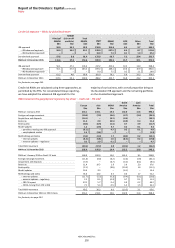 232
232 -
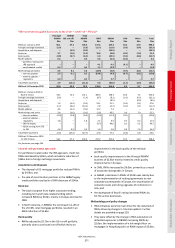 233
233 -
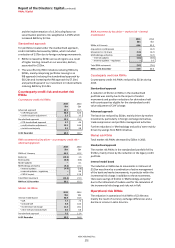 234
234 -
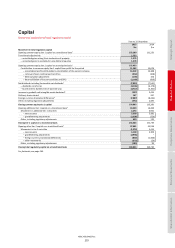 235
235 -
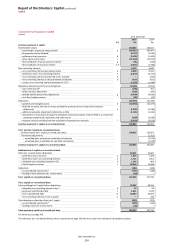 236
236 -
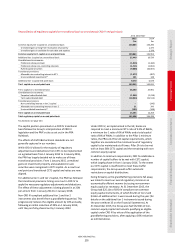 237
237 -
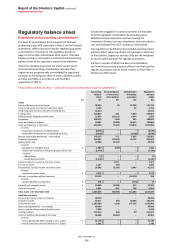 238
238 -
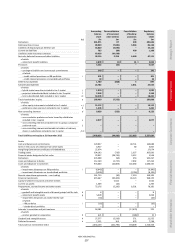 239
239 -
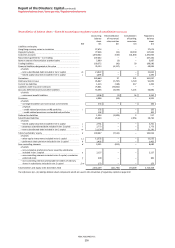 240
240 -
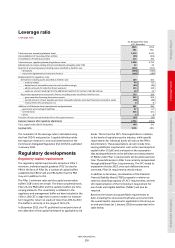 241
241 -
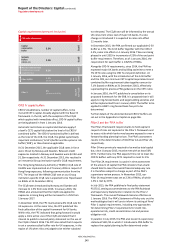 242
242 -
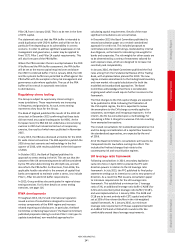 243
243 -
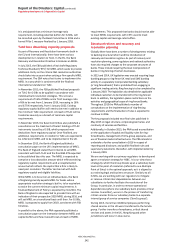 244
244 -
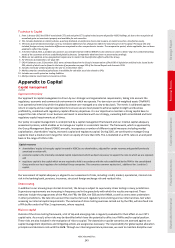 245
245 -
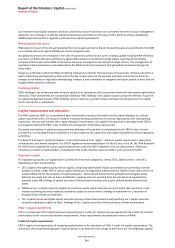 246
246 -
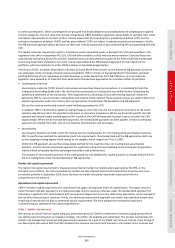 247
247 -
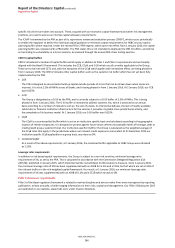 248
248 -
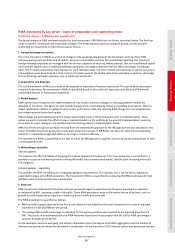 249
249 -
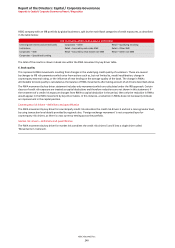 250
250 -
 251
251 -
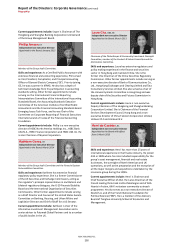 252
252 -
 253
253 -
 254
254 -
 255
255 -
 256
256 -
 257
257 -
 258
258 -
 259
259 -
 260
260 -
 261
261 -
 262
262 -
 263
263 -
 264
264 -
 265
265 -
 266
266 -
 267
267 -
 268
268 -
 269
269 -
 270
270 -
 271
271 -
 272
272 -
 273
273 -
 274
274 -
 275
275 -
 276
276 -
 277
277 -
 278
278 -
 279
279 -
 280
280 -
 281
281 -
 282
282 -
 283
283 -
 284
284 -
 285
285 -
 286
286 -
 287
287 -
 288
288 -
 289
289 -
 290
290 -
 291
291 -
 292
292 -
 293
293 -
 294
294 -
 295
295 -
 296
296 -
 297
297 -
 298
298 -
 299
299 -
 300
300 -
 301
301 -
 302
302 -
 303
303 -
 304
304 -
 305
305 -
 306
306 -
 307
307 -
 308
308 -
 309
309 -
 310
310 -
 311
311 -
 312
312 -
 313
313 -
 314
314 -
 315
315 -
 316
316 -
 317
317 -
 318
318 -
 319
319 -
 320
320 -
 321
321 -
 322
322 -
 323
323 -
 324
324 -
 325
325 -
 326
326 -
 327
327 -
 328
328 -
 329
329 -
 330
330 -
 331
331 -
 332
332 -
 333
333 -
 334
334 -
 335
335 -
 336
336 -
 337
337 -
 338
338 -
 339
339 -
 340
340 -
 341
341 -
 342
342 -
 343
343 -
 344
344 -
 345
345 -
 346
346 -
 347
347 -
 348
348 -
 349
349 -
 350
350 -
 351
351 -
 352
352 -
 353
353 -
 354
354 -
 355
355 -
 356
356 -
 357
357 -
 358
358 -
 359
359 -
 360
360 -
 361
361 -
 362
362 -
 363
363 -
 364
364 -
 365
365 -
 366
366 -
 367
367 -
 368
368 -
 369
369 -
 370
370 -
 371
371 -
 372
372 -
 373
373 -
 374
374 -
 375
375 -
 376
376 -
 377
377 -
 378
378 -
 379
379 -
 380
380 -
 381
381 -
 382
382 -
 383
383 -
 384
384 -
 385
385 -
 386
386 -
 387
387 -
 388
388 -
 389
389 -
 390
390 -
 391
391 -
 392
392 -
 393
393 -
 394
394 -
 395
395 -
 396
396 -
 397
397 -
 398
398 -
 399
399 -
 400
400 -
 401
401 -
 402
402 -
 403
403 -
 404
404 -
 405
405 -
 406
406 -
 407
407 -
 408
408 -
 409
409 -
 410
410 -
 411
411 -
 412
412 -
 413
413 -
 414
414 -
 415
415 -
 416
416 -
 417
417 -
 418
418 -
 419
419 -
 420
420 -
 421
421 -
 422
422 -
 423
423 -
 424
424 -
 425
425 -
 426
426 -
 427
427 -
 428
428 -
 429
429 -
 430
430 -
 431
431 -
 432
432 -
 433
433 -
 434
434 -
 435
435 -
 436
436 -
 437
437 -
 438
438 -
 439
439 -
 440
440 -
 441
441 -
 442
442 -
 443
443 -
 444
444 -
 445
445 -
 446
446 -
 447
447 -
 448
448 -
 449
449 -
 450
450 -
 451
451 -
 452
452 -
 453
453 -
 454
454 -
 455
455 -
 456
456 -
 457
457 -
 458
458 -
 459
459 -
 460
460 -
 461
461 -
 462
462 -
 463
463 -
 464
464 -
 465
465 -
 466
466 -
 467
467 -
 468
468 -
 469
469 -
 470
470 -
 471
471 -
 472
472 -
 473
473 -
 474
474 -
 475
475 -
 476
476 -
 477
477 -
 478
478 -
 479
479 -
 480
480 -
 481
481 -
 482
482 -
 483
483 -
 484
484 -
 485
485 -
 486
486 -
 487
487 -
 488
488 -
 489
489 -
 490
490 -
 491
491 -
 492
492 -
 493
493 -
 494
494 -
 495
495 -
 496
496 -
 497
497 -
 498
498 -
 499
499 -
 500
500 -
 501
501 -
 502
502
 |
 |

Report of the Directors: Capital (continued)
Regulatory developments
HSBC HOLDINGS PLC
240
Capital requirements framework (end point)
CRD IV capital buffers
CRD IV established a number of capital buffers, to be
met with CET1 capital, broadly aligned with the Basel III
framework. In the UK, with the exception of the CCyB
which applied with immediate effect, CRD IV capital buffers
are being phased in from 1 January 2016.
Automatic restrictions on capital distributions apply if
a bank’s CET1 capital falls below the level of its CRD IV
combined buffer. The CRD IV combined buffer is defined
as the total of the CCB, the CCyB, the global systemically
important institutions (‘G-SII’s) buffer and the systemic risk
buffer (‘SRB’), as these become applicable.
At 31 December 2015, the applicable CCyB rates in force
were 1% set by Norway and Sweden. Relevant credit
exposures located in Norway and Sweden were $2.4bn and
$1.5bn respectively. At 31 December 2015, this resulted in
an immaterial Group institution-specific CCyB requirement.
The Hong Kong Monetary Authority (‘HKMA’) CCyB rate of
0.625% was implemented on 27 January 2016 in respect of
Hong Kong exposures, following communication from the
FPC. The impact of the HKMA CCyB rate on our Group
institution-specific CCyB rate is expected to be 7bps (based
on RWAs at 31 December 2015).
The CCyB rates introduced by Norway and Sweden will
increase to 1.5% from June 2016. In January 2016, the
HKMA also announced that the CCyB rate applied to
exposures in Hong Kong will be increased to 1.25% from
1 January 2017.
In December 2015, the FPC maintained a 0% CCyB rate for
UK exposures. At the same time, the FPC published the
final calibration of the capital framework for UK banks.
Within this, the FPC indicated that going forward it would
apply a more active use of the CCyB and stated that it
intends to publish a revised policy statement on the use of
the CCyB in March 2016. The FPC also noted that it expects
to set a countercyclical buffer rate for UK exposures, in the
region of 1% when risks are judged to be neither subdued
nor elevated. The CCyB rate will be informed by the annual
UK concurrent stress test of major UK banks. If a rate
change is introduced it is expected to come into effect
12 months later.
In December 2015, the PRA confirmed our applicable G-SII
buffer as 2.5%. The G-SII buffer together with the CCB of
2.5%, came into effect on 1 January 2016. These are being
phased in until 2019 in increments of 25% of the end point
buffer requirement. Therefore, as of 1 January 2016, the
requirement for each buffer is 0.625% of RWAs.
Alongside CRD IV requirements, since 2014, the PRA has
expected major UK banks and building societies to meet a
7% CET1 ratio using the CRD IV end point definition. At
1 January 2016, with the introduction of the G-SII buffer
and the CCB, our minimum CET1 capital requirements and
combined buffer requirement taken together amount to
7.1% (based on RWAs at 31 December 2015), effectively
superseding the previous PRA guidance on the CET1 ratio.
In January 2016, the FPC published a consultation on its
proposed framework for the SRB. It is proposed that it will
apply to ring-fenced banks and large building societies and
will be implemented from 1 January 2019. The buffer to be
applied to HSBC's ring-fenced bank has yet to be
determined.
Further details of the aforementioned CRD IV buffers are
set out in the Appendix to Capital on page 246.
Pillar 2 and the ‘PRA buffer’
The Pillar 2 framework requires banks to hold capital in
respect of risks not captured in the Pillar 1 framework and
to assess risks which banks may become exposed to over a
forward-looking planning horizon. The PRA’s assessment
results in the determination of ICG/Pillar 2A and Pillar 2B,
respectively.
Pillar 2A was previously required to be met by total capital
but, since 1 January 2015, must be met with at least 56%
CET1. Furthermore, the PRA expects firms not to meet the
CRD IV buffers with any CET1 required to meet its ICG.
The Pillar 2A requirement is a point in time assessment
of the amount of capital the PRA considers that a bank
should hold to meet the overall financial adequacy rule.
It is therefore subject to change as part of the PRA’s
supervisory review process. In November 2015, our
Pillar 2A requirement was set at 2.3% of RWAs, of which
1.3% is met by CET1.
In July 2015, the PRA published a final policy statement
PS17/15, setting out amendments to the PRA Rulebook
and Supervisory Statements in relation to the Pillar 2
framework. The revised framework became effective on
1 January 2016. The PRA’s Statement of Policy sets out the
methodologies that it will use to inform its setting of firms’
Pillar 2 capital requirements, including new approaches
for determining Pillar 2 requirements for credit risk,
operational risk, credit concentration risk and pension
obligation risk.
In parallel, in July 2015, the PRA also issued its supervisory
statement SS31/15 in which it introduced a PRA buffer to
replace the capital planning buffer determined under
PRA buffer (illustrative)
Capital
conservation
buffer
Systemic
buffers
(SRB/G-SII)
Macro-prudential tools
(CCyB/sectoral capital
requirements
)
Pillar 2A/ICG
Pillar 1
(
CET1
)(
CET1
)(
CET1
)(
CET1
)(
CET1, AT1
and T2
)
(
CET1,
AT1
and
T2
)
2.5%
2.5%
2.3%
(of which 1.3% CET1)
8%
(of which 4.5% CET1)
0.2%
